Comprising a silver terrestial globe with engraved and nielloed inscriptions outlining landmarks and cities, engraved with numerals of meridian lines, set in a foliate crescent shaped mount with a gilt peacock finial with mechanical key for winding, movement of clock assembled in drum casing under globe, on a tripod stand with compass on a frame designed as architect's tools (compass and ruler), the circular base featuring three medallions, one depicting the government palace (hükümet konağı), a landscape view of lake Van, and the Ottoman coat of arms with the tughra of Sultan Abdulhamid II (r.1876-1909) 27cm. height CATALOGUE NOTE Clocks of fine workmanship such as the present example were produced in and around the Ottoman capital from the fifteenth century and continued to be particularly admired into the nineteenth century. In this period, the clock-maker Ahmet Eflaki Dede was even sent to Paris by the Ottoman court to continue to study this art and learn new skills (I. Akşit, Topkapi, Istanbul, 1986, p.70). This unique silver globe clock stands out in its detailed and complex craftsmanship and may have been commissioned to be presented to Sultan Abdulhamid II as a special gift. A known group of such gifts, which included European and Russian silverware, dinner and tea sets and candlesticks that were presented to the Sultan on the occasion of his twenty-fifth regnal year are now in the Topkapi Palace Museum (ibid 1986, p.70). مجسم عثماني فضي للكرة الأرضية يعود للقرن التاسع عشر -السلطنة العثمانية مزخرف و مرسوم بنمط النل أو التكييف وهو أسلوب في زخرفة المعادن يستخدم فيه خليط معدني فاحم يملأ به الخطوط مرسومة تارة و منقوشة تارة أخرى على صفائح من معدن و قد أستخدم هذا النمط في ذكر البلدان ،البحار و المحيطات بالإضافة إلى خطوط العرض و الطول يستند المجسم على هلال مزخرف تنتهي قمته العليا بطاووس مذهب يرتبط بمفتاح ميكانيكي لحركة المجسم الأرضي يستند على قاعدة ثلاثية تحتوي على بوصلة ،تستند بدورها على قاعدة دائرية تحتوي ثلاث ميداليات تتضمن رسم للسرايا الحكومية،منظر عام لبحيرة فان وشعار أسلحة السلطنة العثمانية يتوسطه توقيع السلطان عبد الحميد الثاني ملاحظة: هذا النوع من التحف بدأ صنعه منذ بدايات القرن الخامس عشر و حتى التاسع عشر حتى أن صانع هذه التحفة الفنية أرسل إلى باريس للتبحر في هذا الفن يعتقد أن هذه التحفة الفنية كانت من بين القطع التي أهديت للسلطان و من ضمن العديد من الأواني الفضية الروسية و الفرنسية المهداة في المناسبة السنوية لجلوس السلطان على عرشه
Comprising a silver terrestial globe with engraved and nielloed inscriptions outlining landmarks and cities, engraved with numerals of meridian lines, set in a foliate crescent shaped mount with a gilt peacock finial with mechanical key for winding, movement of clock assembled in drum casing under globe, on a tripod stand with compass on a frame designed as architect's tools (compass and ruler), the circular base featuring three medallions, one depicting the government palace (hükümet konağı), a landscape view of lake Van, and the Ottoman coat of arms with the tughra of Sultan Abdulhamid II (r.1876-1909) 27cm. height CATALOGUE NOTE Clocks of fine workmanship such as the present example were produced in and around the Ottoman capital from the fifteenth century and continued to be particularly admired into the nineteenth century. In this period, the clock-maker Ahmet Eflaki Dede was even sent to Paris by the Ottoman court to continue to study this art and learn new skills (I. Akşit, Topkapi, Istanbul, 1986, p.70). This unique silver globe clock stands out in its detailed and complex craftsmanship and may have been commissioned to be presented to Sultan Abdulhamid II as a special gift. A known group of such gifts, which included European and Russian silverware, dinner and tea sets and candlesticks that were presented to the Sultan on the occasion of his twenty-fifth regnal year are now in the Topkapi Palace Museum (ibid 1986, p.70). مجسم عثماني فضي للكرة الأرضية يعود للقرن التاسع عشر -السلطنة العثمانية مزخرف و مرسوم بنمط النل أو التكييف وهو أسلوب في زخرفة المعادن يستخدم فيه خليط معدني فاحم يملأ به الخطوط مرسومة تارة و منقوشة تارة أخرى على صفائح من معدن و قد أستخدم هذا النمط في ذكر البلدان ،البحار و المحيطات بالإضافة إلى خطوط العرض و الطول يستند المجسم على هلال مزخرف تنتهي قمته العليا بطاووس مذهب يرتبط بمفتاح ميكانيكي لحركة المجسم الأرضي يستند على قاعدة ثلاثية تحتوي على بوصلة ،تستند بدورها على قاعدة دائرية تحتوي ثلاث ميداليات تتضمن رسم للسرايا الحكومية،منظر عام لبحيرة فان وشعار أسلحة السلطنة العثمانية يتوسطه توقيع السلطان عبد الحميد الثاني ملاحظة: هذا النوع من التحف بدأ صنعه منذ بدايات القرن الخامس عشر و حتى التاسع عشر حتى أن صانع هذه التحفة الفنية أرسل إلى باريس للتبحر في هذا الفن يعتقد أن هذه التحفة الفنية كانت من بين القطع التي أهديت للسلطان و من ضمن العديد من الأواني الفضية الروسية و الفرنسية المهداة في المناسبة السنوية لجلوس السلطان على عرشه
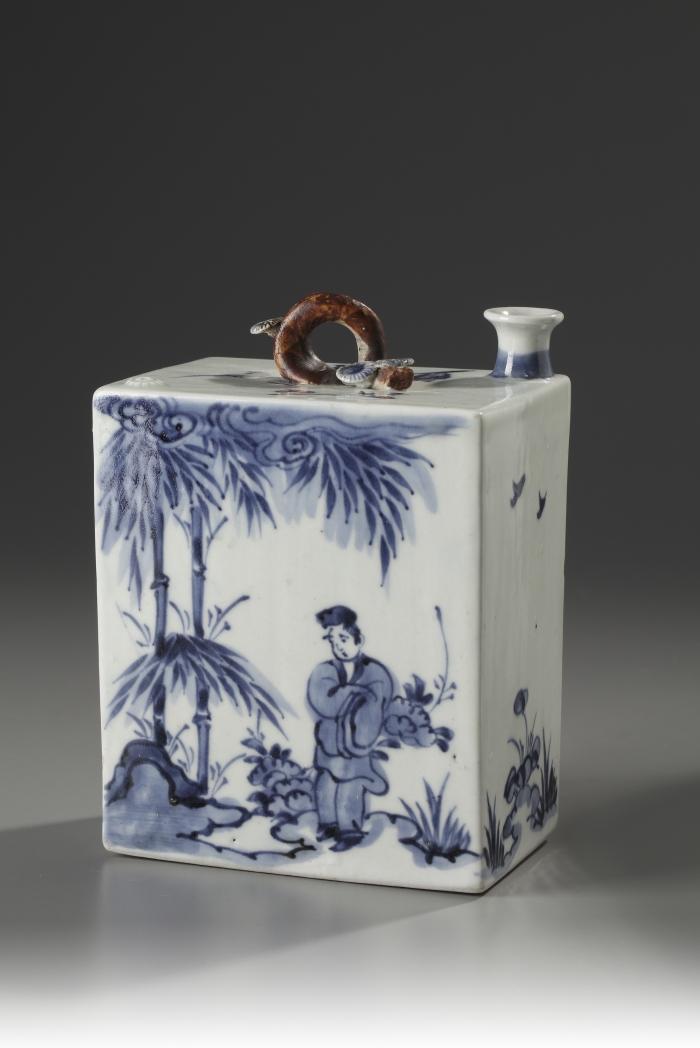
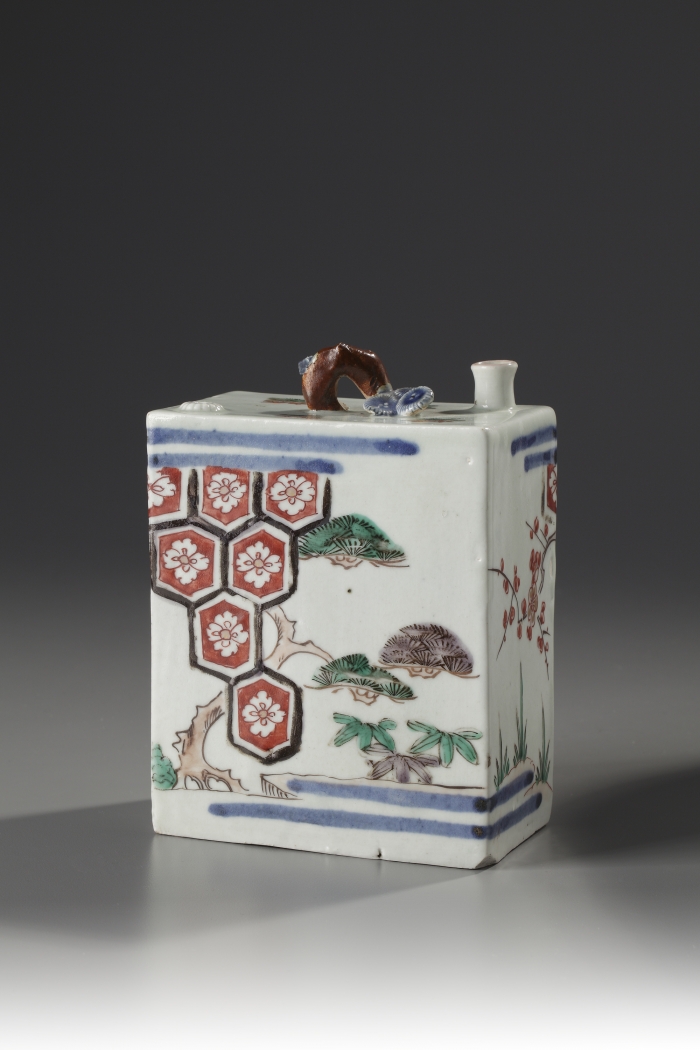
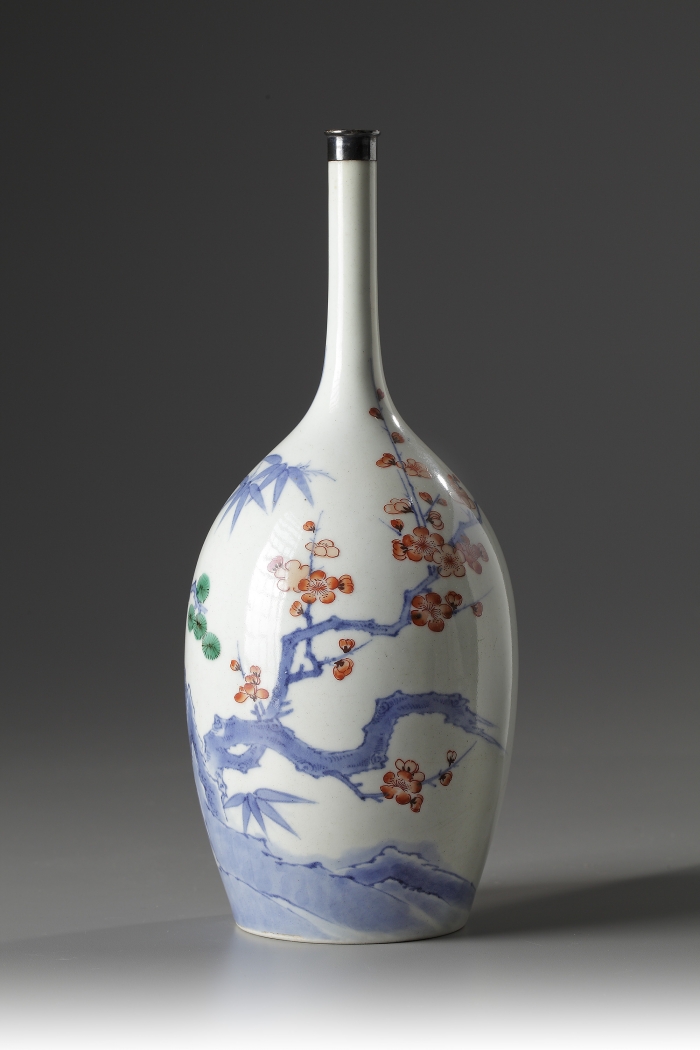
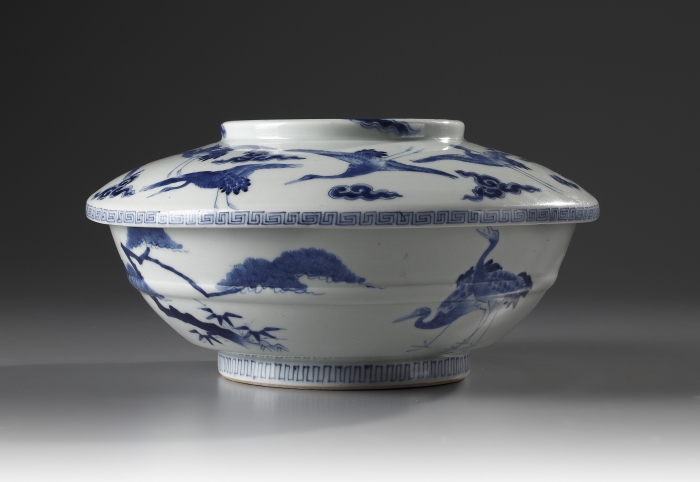
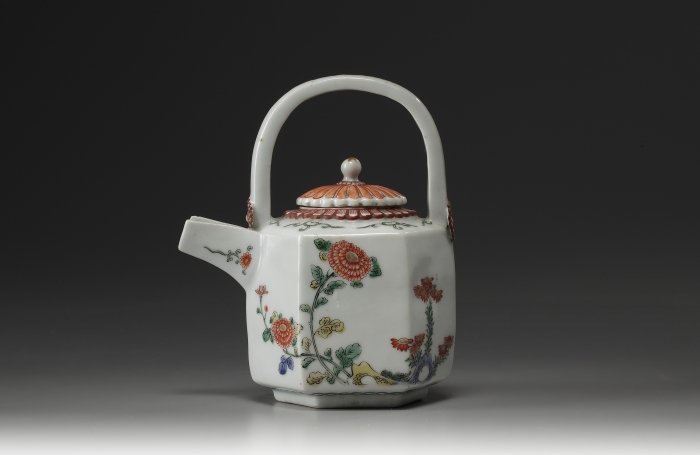
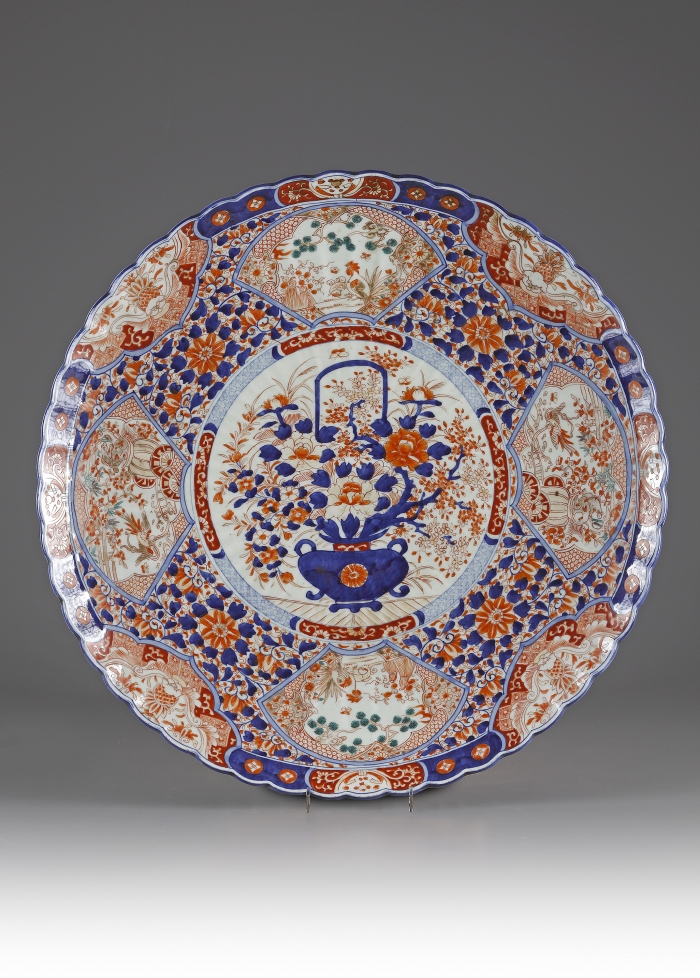
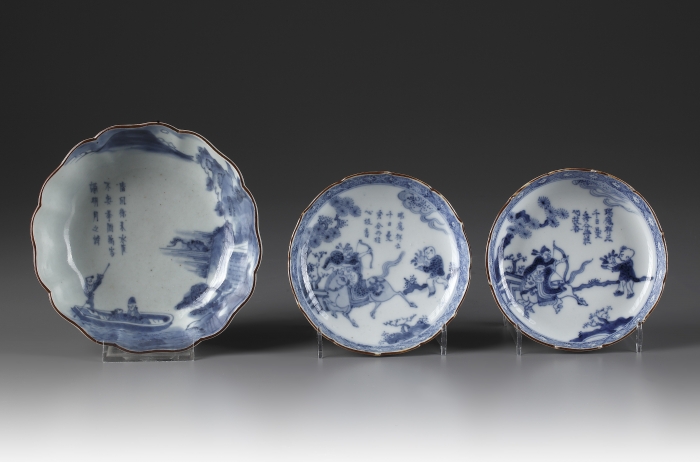



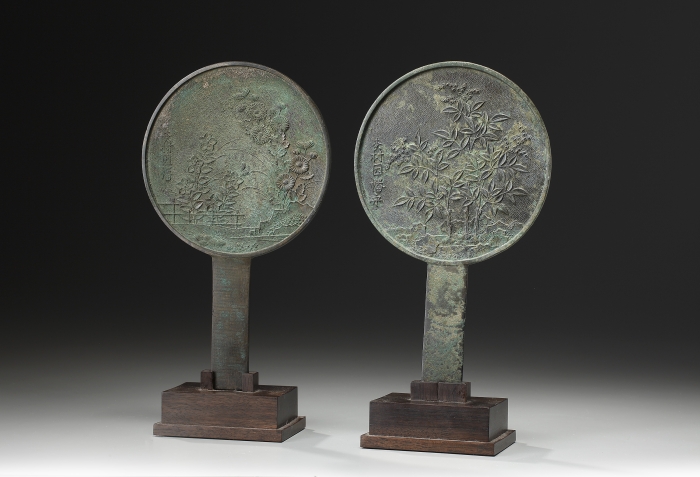


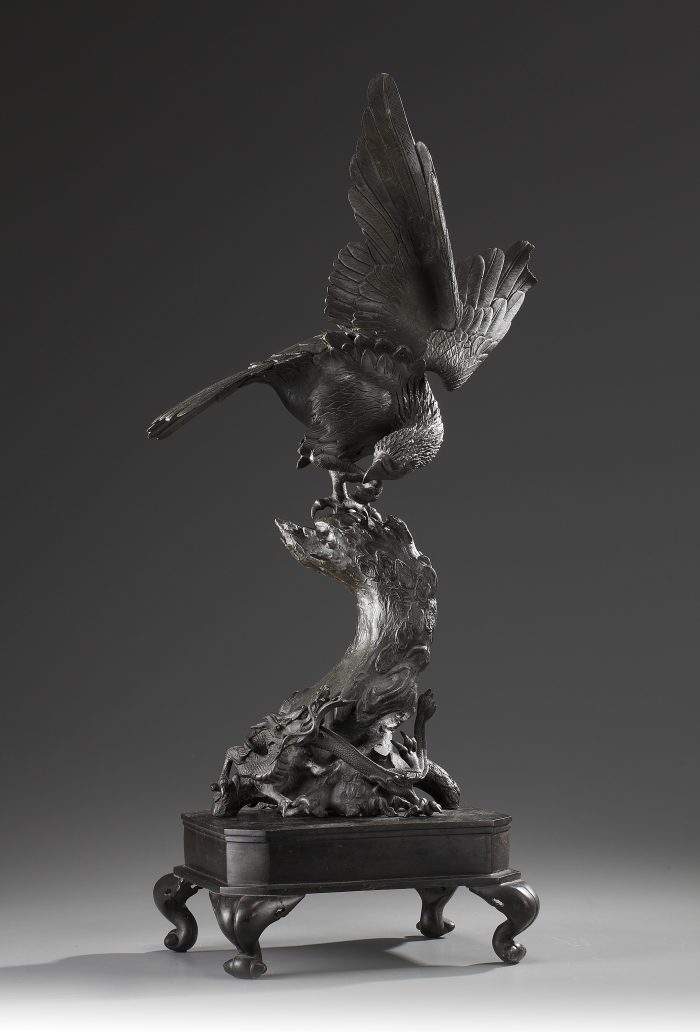
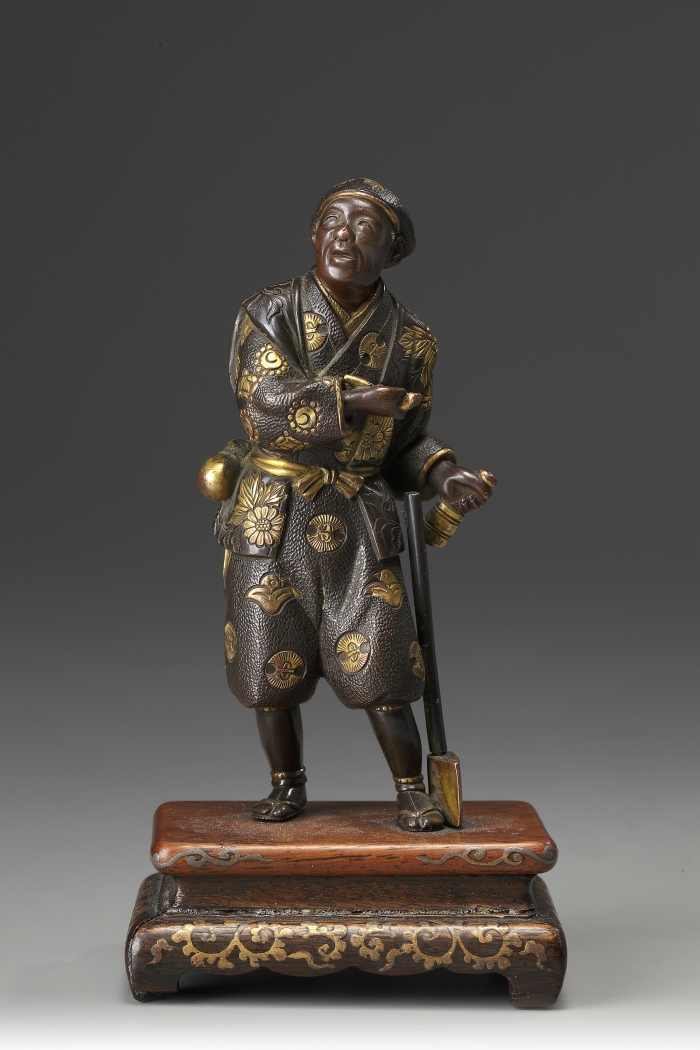
Testen Sie LotSearch und seine Premium-Features 7 Tage - ohne Kosten!
Lassen Sie sich automatisch über neue Objekte in kommenden Auktionen benachrichtigen.
Suchauftrag anlegen